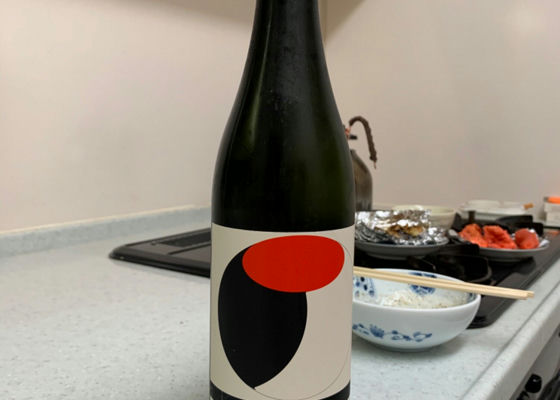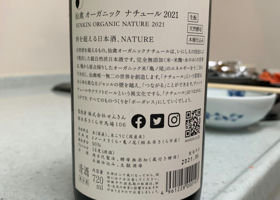


susan
Cold sake first.
Cold rice bran. Feel the fermented acidity.
Drink. Almost stale rhumune. Slight piquancy. Pale sweetness and sourness. Different from sweet and sour. When swallowed, like a silky syrup.
Next, 45℃.
Pale milky taste. Slightly sour taste.
Drink. It enters loosely and is fragrant. The sourness stands out. After that, there is a firm bitter taste. When you swallow it, the richness of the rice sticks to the back of your throat.
Next, 55℃.
Milky burnt taste of mom. Aroma common to all Senkou's sake I've had.
Drink. All the elements come together and you feel nothing in a good way. On a hexagonal chart, all items score the same. As you swallow, the sourness and bitterness stand out.
Finally, 65℃.
Straw-roasted milky. Fermented acid aroma.
Drinking. Light, soft and gentle. And fragrant. Furthermore, it is fresh. It has a bitter taste and is perfect for sipping with a few snacks. When you swallow it, it has a light bitter taste.
This is my favorite Senkou I have ever drunk.
The lactic acidity peculiar to the traditional sake brewing gives a good taste.
What is the purpose of polishing rice? Who benefits?
I would like to ask again to all the members of the sake party.
I don't like unnecessarily high rice polishing. To be frank, I don't like Junmai Daiginjo or Daiginjo very much.
I'm sure I'll be repeating this again.
Japanese>English